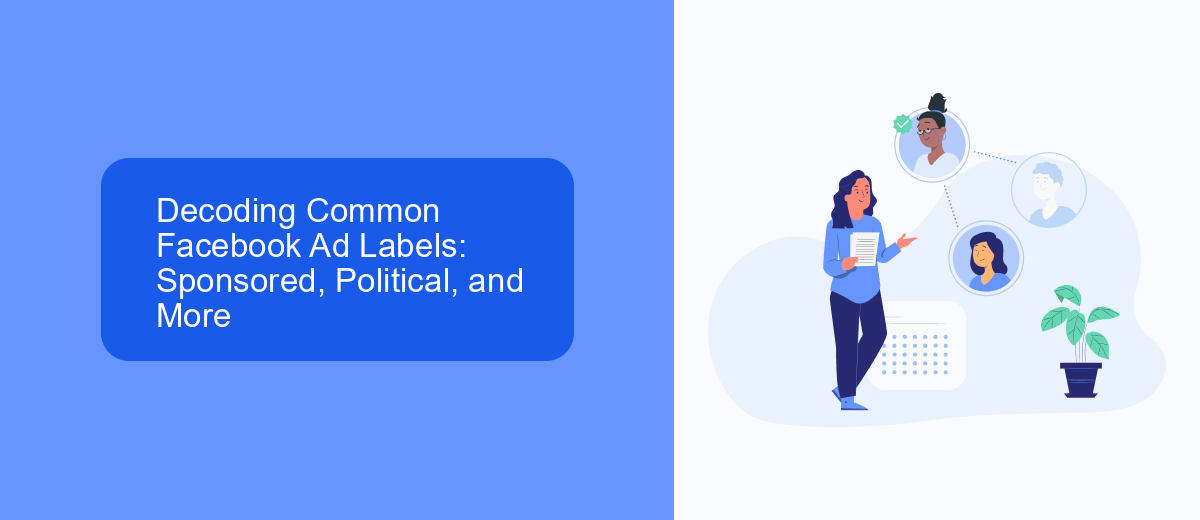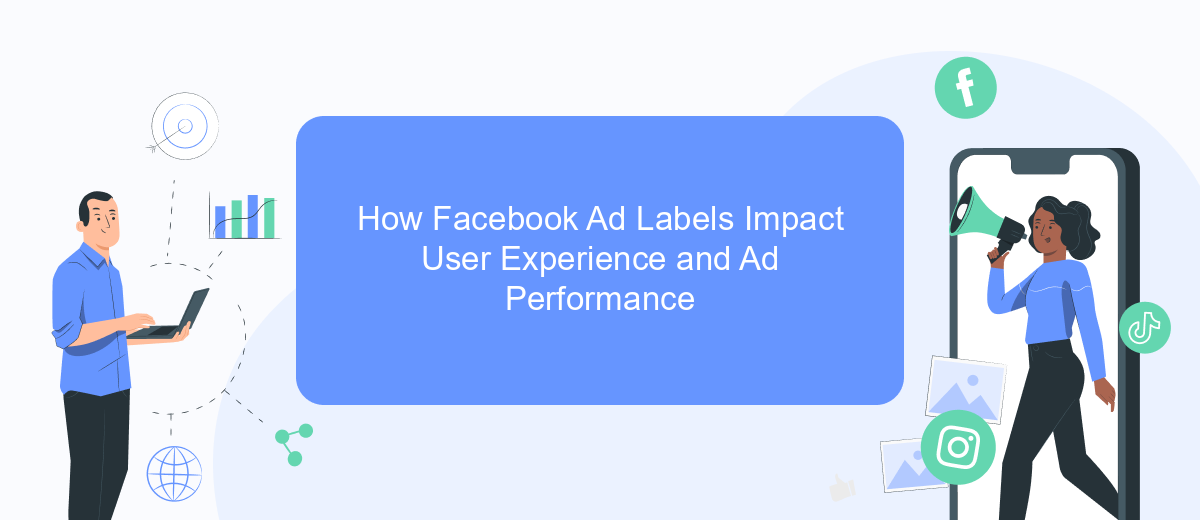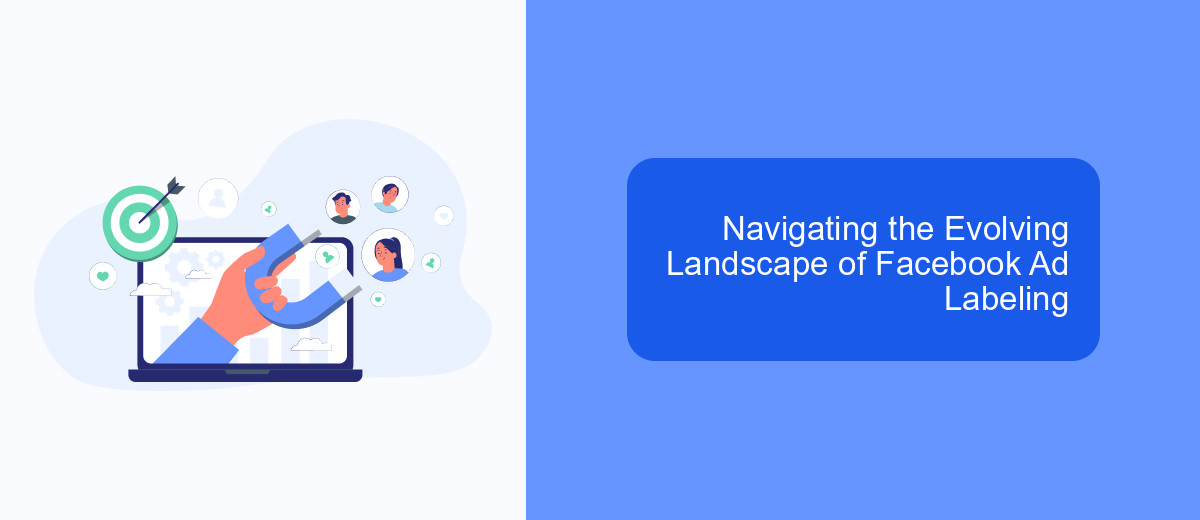Facebook Ads Labels are essential tools for marketers looking to optimize their advertising strategies on the platform. By providing clear and organized labels, businesses can efficiently categorize and track their campaigns, ensuring better targeting and performance analysis. This article explores the significance of Facebook Ads Labels, how they enhance ad management, and practical tips for implementing them to achieve maximum campaign success.
Understanding Facebook Ad Labels: What They Are and Why They Matter
Facebook Ad Labels are crucial components of the advertising ecosystem on the platform. They serve as identifiers that help users and advertisers understand the nature and purpose of ads. These labels are not just for transparency but also for enhancing the user experience by clearly distinguishing ads from organic content. Understanding these labels is essential for both advertisers aiming for compliance and users seeking clarity.
- Sponsored: Indicates paid content promoting products or services.
- Suggested for You: Ads based on user interests and interactions.
- Political Ad: Labels for ads related to political issues or candidates.
- Paid Partnership: Shows collaboration between brands and influencers.
These labels matter because they uphold transparency and trust on the platform. For advertisers, properly labeled ads ensure compliance with Facebook's advertising policies, avoiding potential penalties. For users, these labels provide a clearer understanding of why they are seeing specific ads, which can lead to a more personalized and less intrusive experience. Overall, Facebook Ad Labels play a vital role in maintaining the integrity of the advertising ecosystem.
Decoding Common Facebook Ad Labels: Sponsored, Political, and More

Understanding Facebook ad labels is crucial for both advertisers and users. One of the most common labels is "Sponsored," which simply indicates that the content is a paid advertisement. These ads are tailored to reach specific audiences based on demographics, interests, and behaviors. Another important label is "Political," which identifies ads related to political issues or candidates. These ads are subject to stricter regulations and transparency requirements to ensure fair practices and accountability. Recognizing these labels helps users discern between organic and paid content, enhancing their browsing experience.
For businesses looking to optimize their Facebook ad campaigns, integrating tools like SaveMyLeads can be beneficial. SaveMyLeads automates the process of capturing and managing leads generated from Facebook ads, allowing businesses to focus on creating effective ad content rather than administrative tasks. This integration ensures that potential customers are not lost in the shuffle and that businesses can quickly respond to inquiries, maximizing the return on their advertising investment. Understanding and utilizing these labels and tools can significantly enhance the effectiveness of Facebook advertising strategies.
How Facebook Ad Labels Impact User Experience and Ad Performance

Facebook ad labels play a crucial role in shaping both user experience and ad performance. By clearly marking advertisements, these labels ensure transparency, allowing users to easily distinguish between organic content and sponsored posts. This transparency fosters trust, as users are more likely to engage with ads they can identify as such. Furthermore, ad labels help in setting user expectations, reducing the likelihood of misleading content.
- Enhance transparency by clearly identifying ads.
- Build user trust, leading to higher engagement rates.
- Prevent misleading content by setting clear expectations.
- Improve ad targeting by gathering user feedback on labeled ads.
- Ensure compliance with advertising regulations and standards.
From an advertiser's perspective, ad labels can significantly impact performance metrics. Clearly labeled ads can lead to better targeting and more relevant audience interactions, as users who engage are genuinely interested. Additionally, by fostering a transparent environment, advertisers can gather valuable feedback to refine their strategies. Ultimately, Facebook ad labels contribute to a balanced ecosystem, benefiting both users and advertisers through improved experiences and performance outcomes.
Navigating the Evolving Landscape of Facebook Ad Labeling

As Facebook continues to refine its advertising policies, understanding the nuances of ad labeling becomes increasingly vital for marketers. The platform's dynamic nature means that advertisers must stay informed about the latest changes to ensure compliance and maximize their campaigns' effectiveness. This evolving landscape presents both challenges and opportunities for those who are adept at navigating it.
Ad labels serve as a crucial component in maintaining transparency between advertisers and users. By clearly indicating sponsored content, Facebook aims to foster trust and provide a seamless experience for its audience. However, with frequent updates to guidelines and formats, advertisers must adapt quickly to maintain the integrity and visibility of their ads.
- Stay updated with Facebook's policy changes.
- Ensure all ads meet the latest labeling requirements.
- Utilize Facebook's resources and tools for compliance.
- Regularly review ad performance to optimize strategy.
Successfully navigating the landscape of Facebook ad labeling requires vigilance and adaptability. By staying informed and proactive, advertisers can not only comply with regulations but also enhance their ad performance. As the platform evolves, those who anticipate changes and adjust their strategies accordingly will thrive in the competitive world of social media advertising.
- Automate the work with leads from the Facebook advertising account
- Empower with integrations and instant transfer of leads
- Don't spend money on developers or integrators
- Save time by automating routine tasks
Best Practices for Advertisers: Utilizing Labels Effectively
To maximize the effectiveness of Facebook Ads Labels, advertisers should first establish a clear labeling system that aligns with their campaign objectives. This involves categorizing ads based on factors such as target audience, campaign goals, and performance metrics. Consistent use of labels allows for streamlined tracking and analysis, enabling marketers to quickly assess which strategies are working and where adjustments are needed. Additionally, regularly reviewing and updating labels ensures they remain relevant and reflective of current marketing strategies.
Integrating tools like SaveMyLeads can further enhance the utility of Facebook Ads Labels by automating data synchronization across platforms. This service simplifies the process of transferring lead information from Facebook Ads to other CRM systems, ensuring that data is up-to-date and actionable. By leveraging such integrations, advertisers can maintain a cohesive and efficient workflow, ultimately driving more informed decision-making and improved campaign performance. Embracing these best practices will help advertisers fully harness the potential of Facebook Ads Labels, leading to more targeted and successful advertising efforts.
FAQ
What are Facebook Ads Labels and how do they work?
How can I create a Facebook Ads Label?
Can I automate the application of Facebook Ads Labels?
How do Facebook Ads Labels help in reporting?
Can I edit or delete Facebook Ads Labels after they are created?
Are you using Facebook Lead Ads? Then you will surely appreciate our service. The SaveMyLeads online connector is a simple and affordable tool that anyone can use to set up integrations for Facebook. Please note that you do not need to code or learn special technologies. Just register on our website and create the necessary integration through the web interface. Connect your advertising account with various services and applications. Integrations are configured in just 5-10 minutes, and in the long run they will save you an impressive amount of time.

